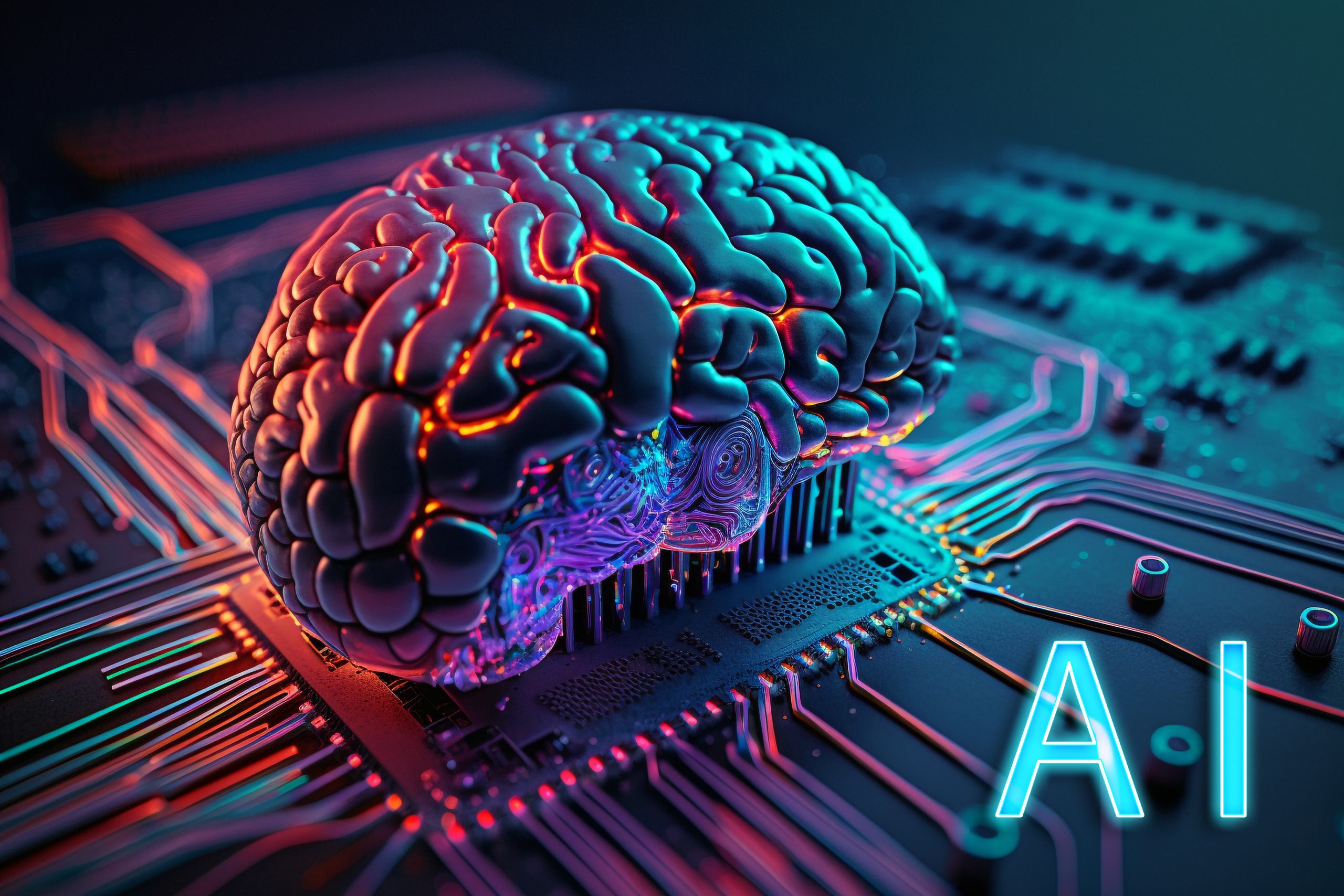
Universal Design for Learning (UDL) is a framework that aims to create learning environments that are accessible and engaging for all students, regardless of their abilities or disabilities. By incorporating UDL principles into educational practices, educators can ensure that all students have equal opportunities to learn and succeed.
Key Principles of UDL
- Provide Multiple Means of Representation: This principle involves presenting information in multiple ways to accommodate different learning styles and sensory needs. Examples include providing both visual and auditory presentations, using captions or transcripts, and offering alternative formats for textbooks.
- Provide Multiple Means of Action and Expression: This principle focuses on providing students with multiple ways to demonstrate their understanding and knowledge. This can include offering a variety of assessment options, such as written assignments, projects, or presentations, and providing tools or assistive technologies to support students with disabilities.
- Provide Multiple Means of Engagement: This principle aims to create a learning environment that is motivating and engaging for all students. This can involve providing choices and options, offering opportunities for collaboration and peer-to-peer learning, and incorporating real-world applications of the material.
Benefits of UDL
- Increased Access: UDL ensures that all students have equal access to learning opportunities, regardless of their abilities or disabilities.
- Improved Learning Outcomes: By providing multiple ways to represent, act, and engage with the material, UDL can help students develop a deeper understanding of the subject matter.
- Enhanced Engagement: UDL creates a more inclusive and engaging learning environment, which can lead to increased motivation and participation.
- Reduced Barriers: UDL eliminates barriers to learning, allowing students to focus on the content rather than struggling with the delivery.
Implementing UDL in the Classroom
- Plan for Diversity: Educators should anticipate the diverse needs of their students and plan their lessons accordingly.
- Provide Multiple Representations: Use a variety of instructional strategies, such as visual aids, auditory presentations, and hands-on activities, to present information.
- Offer Choices and Options: Provide students with choices and options for completing assignments or demonstrating their understanding.
- Use Assistive Technologies: Incorporate assistive technologies, such as text-to-speech software or screen readers, to support students with disabilities.
- Foster Collaboration: Create opportunities for students to collaborate and learn from each other.
By implementing UDL principles, educators can create inclusive and engaging learning environments that benefit all students. UDL is not only about accommodating students with disabilities but also about ensuring that all students have the opportunity to reach their full potential.

